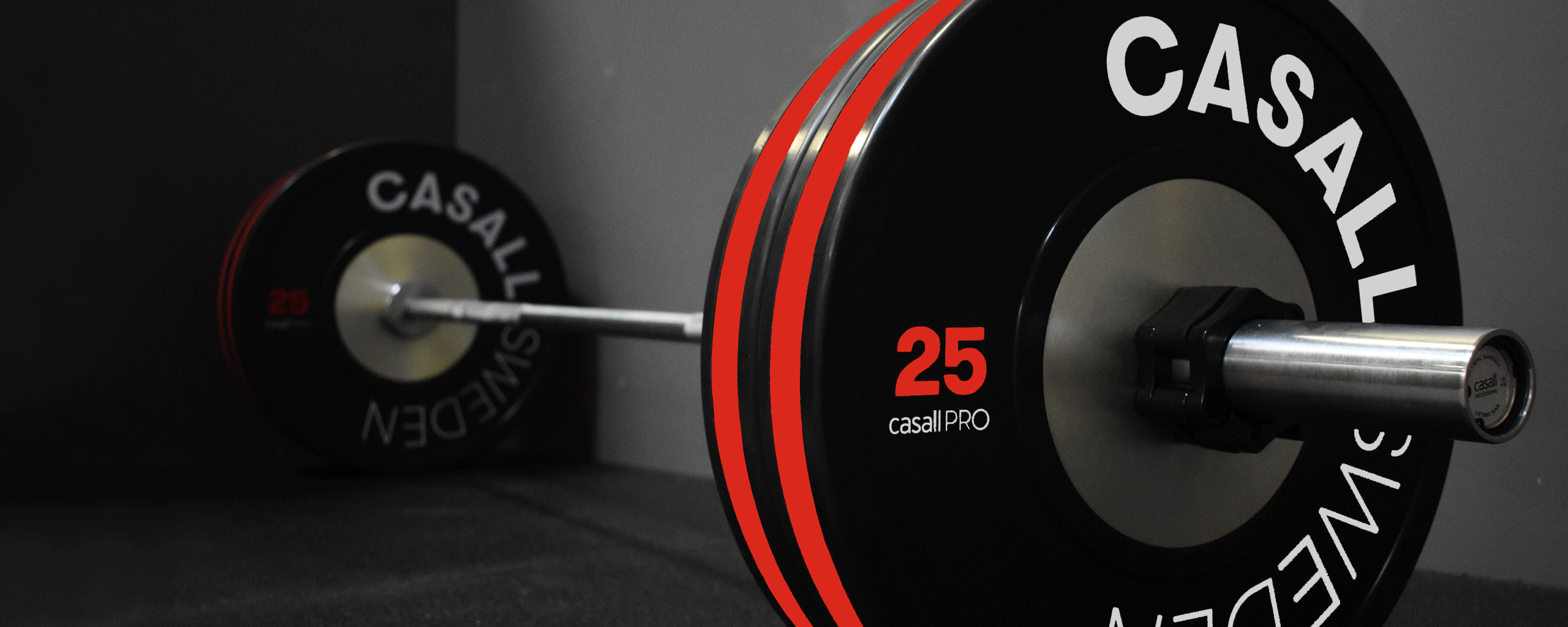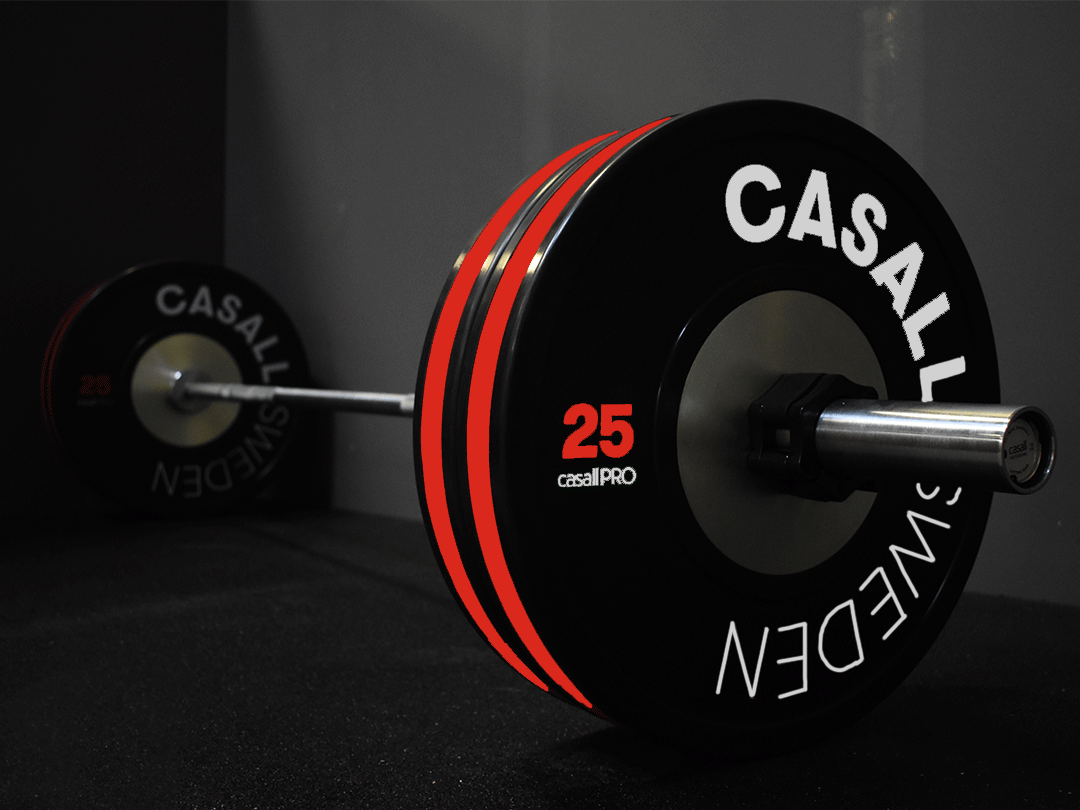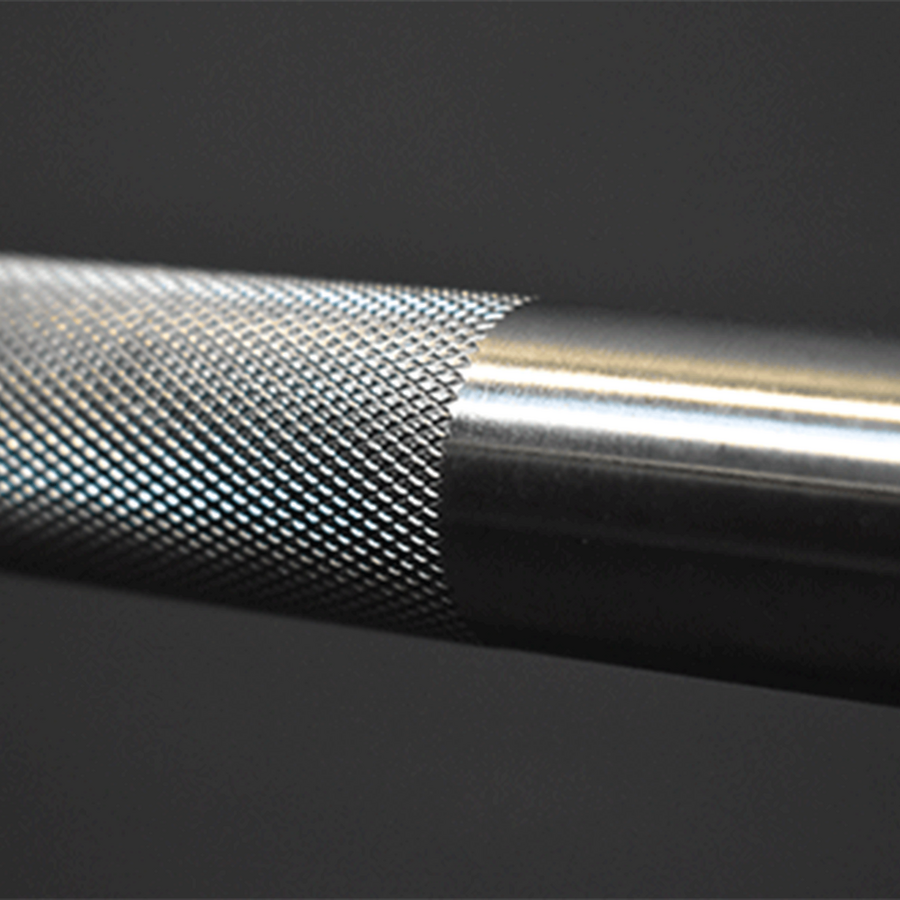PRODUCT & PRODUCTION

PRODUCT & PRODUCTION

The materials we choose have an environmental impact in many ways, when being produced, but also in the long run, when being used and eventually when it’s time to let go of them.
Now to the tricky part where there many times is a conflict between durability and more environmentally friendly materials, especially looking at the full lifecycle where the afterlife of the product also needs to be taken into consideration. One example being recycled materials, which is great as we lessen the dependency on virgin resources, however, many times the recycled material is less durable and have a more fluctuating quality, which can give a shorter lifespan of the product.
Awareness and courage are key to succeed in this quite complex area. We make considered and informed decision based on the whole lifecycle of a product, for every piece we create, continuously challenging and learning. Trust that we keep seeking innovative materials and solutions to take us further on the route, without compromising the quality and longevity of the product.
Our aim is to incorporate more recycled or sustainably sourced materials in our range by 2030, without compromising the quality and longevity of the product.
We also aim for better traceability by understanding the whole value chain, from raw material to finished products, to secure environmental aspects in the production of our products. Below, some of the steps that has been taken so far.
- We require all recycled and organic materials to have a chain of custody by credible third party, such as Global Recycled Standard (GRS), Recycled Content Standard (RCS), ECONYL® or Organic Content Standard (OCS).
- We have committed to 100% third party certified or trademarked wood-based materials latest 2025.
Read more about our social responsibility here
Natural rubber most commonly comes from the Pará tree and is a renewable material that requires relatively little energy and few chemicals to produce. Still, the rubber tree plantations pose an environmental threat due to deforestation and monoculture rubber tree plantations, which is why we require a chain of custody by credible third party, such as Forest Stewardship Council (FSC). Natural rubber is a highly durable and flexible material.
Steel is an alloy based on iron, but with increased durability and fracture resistance. There are different variants of steel, one being stainless steel which has an extra addition of chromium. Steel has many areas of applications, spanning from cars to buildings to workout equipment.
Plastic is a versatile material used for many different applications. Virgin plastic can be made from non-renewable petrochemicals or bio-based feedstock. It is also possible to use recycled plastics, which can be of both pre- and post-consumer character. Plastics are generally durable and lightweight, comparing the latter for example with natural rubber.

CHEMICALS
We talk a lot about materials, but sometimes forget to talk about the magic that makes them come to life as actual products – namely all the processes, for example dyeing. This is perhaps where it becomes quite complex, but let’s keep it to the topics of chemicals and water. When it comes to chemicals below is our policy and some examples of the outcome.
• We work to phase out harmful substances and use the precautionary principle, where we want to go beyond what’s required from a legislative perspective.
• In addition to our code of conduct we therefore have a chemical policy which includes a restricted substance list (RSL) and substitution guidance that all our suppliers, and also their suppliers have committed to.
• To secure compliance we work closely with our suppliers on product level to control the substances used in the product and the processes.
• We keep a constant dialogue to keep moving our positions forward, together with our suppliers and experts in the field.
• Our approach is minimalism – trying not adding anything that isn’t needed.
• Examples of the outcome being that we started phasing out PFAS 2015 and that all our tools are BPA free as well as free from hazardous phthalates.
• We have also actively chosen to not use any antimicrobial treatments due to the potential environmental damage it may cause. This is otherwise very common in the sports industry to keep bad odour away.




